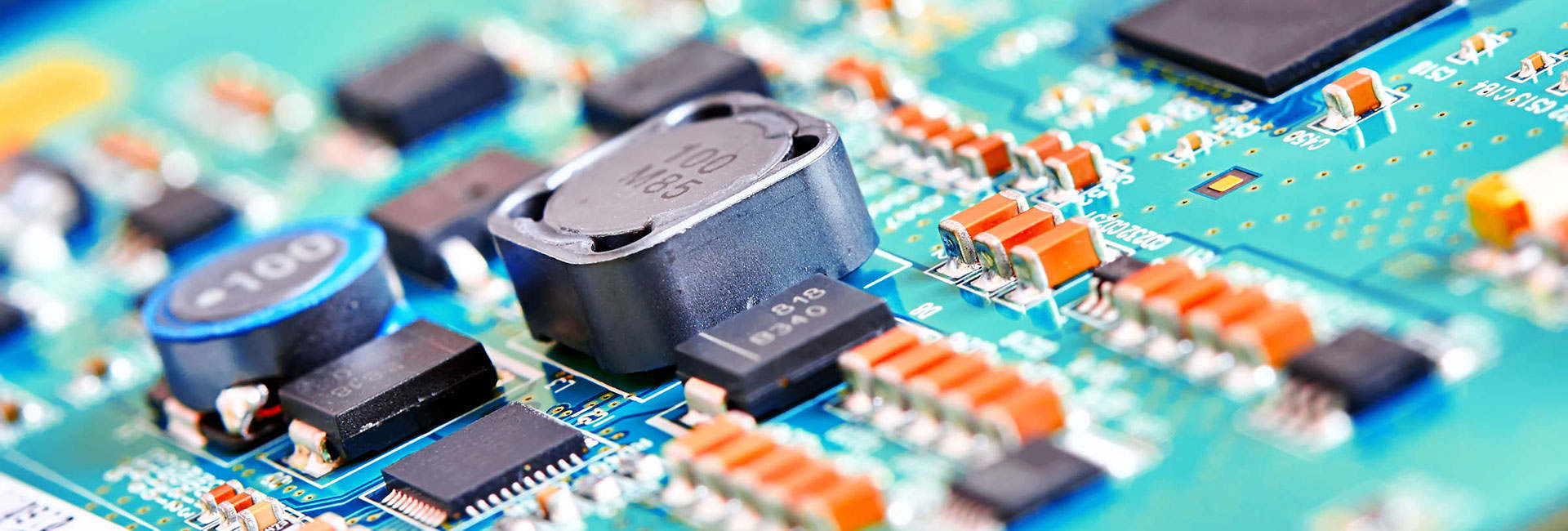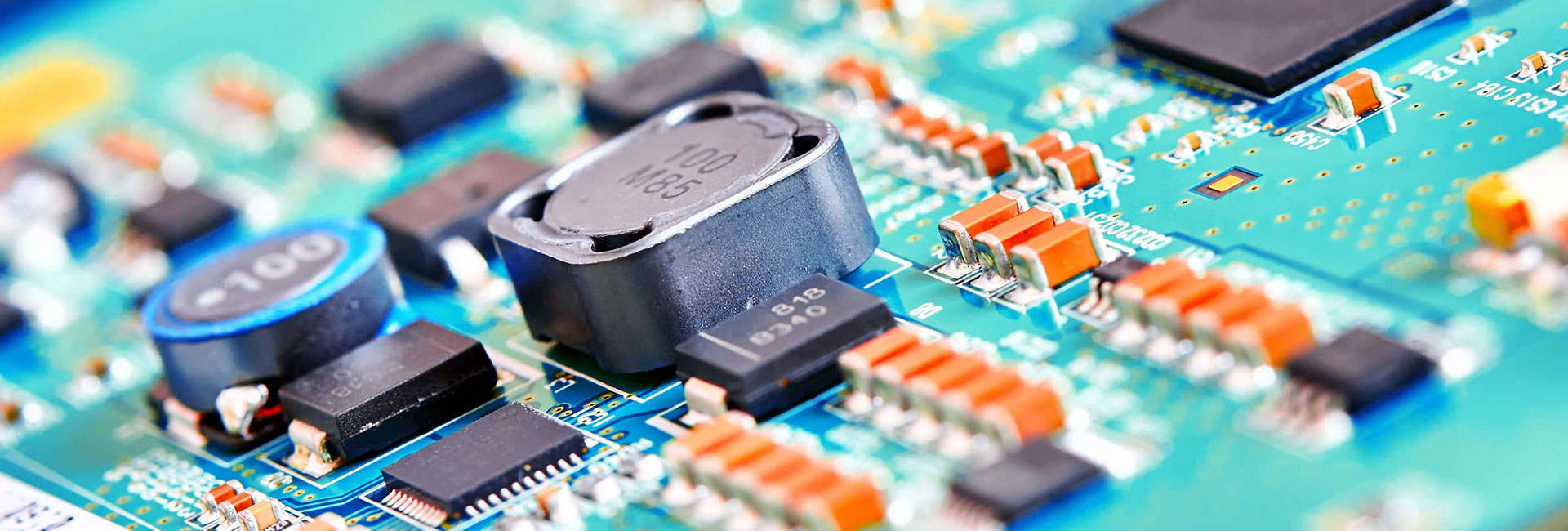
The B2B platform for the best purchasing descision. Identify and compare relevant B2B manufacturers, suppliers and retailers
Close
Filter
Result configuration
Continents
Select continent
Locations
Result types
Company type
Select company type
Industries
Select industry
Company status
Select company status preset
Number of employees
Min.
Max.
Founding year

Systems Integrator Holding AG
Zurich, Switzerland
A
51-100 Employees
1999
Key takeaway
Systems Integrator Holding AG, a company with a long history in technical fields like mechatronics and construction technology, focuses on creating expansion opportunities for people and companies in regions historically reliant on the Soviet Union.
Reference
Core business
Who We Are
Collabrian Design & Technology
Dallas, United States
B
11-50 Employees
2000
Key takeaway
CDT specializes in the full lifecycle design and development of innovative database-driven systems, with extensive experience in integrating loan origination systems with both custom and third-party applications. Their services include Gap Analyses to identify and address process and data flow issues, highlighting their expertise in systems integration.
Reference
Service
Systems Integration
Information Systems Integration
Waitematā, New Zealand
A
1-10 Employees
2000
Key takeaway
The company specializes in providing comprehensive system integration solutions that streamline operations and enhance efficiency across various industries.
Reference
Core business
Information Systems Integration
Looking for more accurate results?
Find the right companies for free by entering your custom query!
25M+ companies
250M+ products
Free to use
Systems Integration Inc.
Arlington, United States
B
11-50 Employees
-
Key takeaway
Systems Integration, Inc. specializes in providing custom solutions and has over 30 years of experience in enhancing production capabilities through innovative approaches. Their commitment to quality and continual improvement ensures that they effectively meet customer requirements in the realm of system integration.
Reference
Core business
About us – SYSTEMS INTEGRATION, INC.
Systems Integrations Partners LLC
Washington, United States
B
1-10 Employees
2015
Key takeaway
Systems Integrations Partners specializes in providing innovative IT solutions and professional management services, with a strong emphasis on systems integration, cloud computing, and cybersecurity. Their comprehensive approach includes architecture, engineering, and end-to-end managed services, making them well-equipped to address the complex IT challenges faced by government agencies.
Reference
Core business
Systems Integrations Partners - Cloud, Cyber, Management
We are a technology and management consulting firm that provides information technology (IT) solutions and management consulting services.
S2 Integrators
Atlanta, United States
B
101-250 Employees
2016
Key takeaway
S2 specializes in providing intelligent ERP solutions and next-gen SAP services, including platform integration. Their expertise in SAP Line of Business solutions and a wide range of transformative services positions them as a key player in effective business transformations.
Reference
Product
Platform Integration - S2 Integrators
SD Integrated Systems Ltd
London, United Kingdom
A
1-10 Employees
2014
Key takeaway
SD Integrated Systems Ltd specializes in intelligent building infrastructure solutions, bringing over 20 years of experience and a commitment to exceeding client expectations through innovative designs and high-quality installations. Their team includes certified professionals in network infrastructure and telecommunications, ensuring projects are delivered on time and within budget.
Reference
Service
Services – SD Integrated Systems
Integra Microsystem pvt ltd
Bengaluru, India
D
251-500 Employees
1982
Key takeaway
Integra is a prominent provider of innovative technology solutions, including software development and integration services, which are crucial for system integrators. With over 17 years of experience, IMSS facilitates digital transformation and automation, making it a valuable partner for organizations seeking to enhance their operational efficiency.
Reference
Product
Integra Micro Systems
Learn More about Integra Technology Advantage. Integra offers Software/IT Services Company of App Development, Integration, Testing Services in iOS, Android, JAVA, HTML5, ASP.NET, Web, Oracle, K2, Sharepoint
PT Sinergi Informatika Semen Indonesia (SISI)
Special capital Region of Jakarta, Indonesia
D
251-500 Employees
2014
Key takeaway
SISI, a subsidiary of PT Semen Indonesia, specializes in providing reliable and cutting-edge ICT solutions, making it a key player in system integration. With a dedicated team for ICT development and operational support, SISI is committed to meeting customer expectations and enhancing business growth.
Reference
Product
System Integrator - SISI - Sinergi Informatika Semen Indonesia
Tech Solution & Integrators (TSI)
-
51-100 Employees
1995
Key takeaway
Green TSI is a security control and automation solution provider in the MENA region, specializing in systems integration and network solutions for businesses. Their expertise in IT infrastructure services and network management positions them as a key player in transforming IT through innovative and sustainable practices.
Reference
Core business
Industrial Security Solution Integrator
Technologies which have been searched by others and may be interesting for you:
A selection of suitable products and services provided by verified companies according to your search.

Service
Custom Electronics
Go to product
A selection of suitable use cases for products or services provided by verified companies according to your search.

Use case
Custom Electronic Design
automotive, E-mobility, automation, industrial automation, machinery, industrial machinery, smart industry, industry 4.0
Electronic design frameworks Electronic design starts from the component layout specification. Also, it consists in the definition of interconnections and PCB technology. Finally, component selection is formalized (BOM, Bill of Material), such as the circuit schematics and the layout of PCB traces (gerber file). If the Electronc Systems is composed of multiple circuit boards, electronic design includes the description of the interconnection schemes, and the instructions for the wiring manufacturing. Adgenera develops electronic circuits tailored and suitable for any application. It selects the most valuable technology for the peculiar field of application, in order to ensure the maximum reliability. Electronic design frameworks Custom-designed electronic solutions can be found in many sectors, covering various fields of application and meeting Client needs. The most frequent requests are: design “from the scratch” miniaturization of an existing circuit board cost Reduction electronic board update, when components are no longer available engineering a prototypal board, either partially or completely working functional improvement (for example, adding a wireless interface) performance improvement (for example, power consumption reduction) Other elements increase the complexity of the electronic design: legacy firmware for the previous version of board need for a custom / legacy interface to other electronic existing systems availability of the components on the market within a certain amount of time project constraints due to standards or certifications The steps of the Electronic Design Electronic design aims to respond to the request of designing and producing electronic circuit boards. First, the customer is interviewed on the characteristics of the electronic system to be designed.. The customer is actively involved to identify the best design choices. This preliminary phase leads to the correct identification of development times and costs, allowing the customer to verify the compliance with his needs and to create a preliminary project planning. Now the electronic scheme can be designed. Specific skills of our designers are applied to correctly select and size the components. Once the scheme has been designed, the electronic components available on the market are selected. Then, they will be soldered to the electronic board during its production phase. We select the most suitable package of components depending on the layout, the space available and the type of application. This design phase leads a draft of the BOM (Bills of Materials) necessary to supply and solder the right components. The electronic components chosen are placed on the board surface. Their positions strictly match design constraints principles to guarantee the correct functioning of the electronic system. Usually several alternative arrangements are evaluated. Finally, the chosen one is the one that leads to the best result once the electronic card is produced. Once the components are finally placed in the board, it is necessary to draw the connections (tracks) that appropriately connect the pins of the components themselves. The tracks design needs to follow many rules and best practices: although there are infinite ways to connect the chosen components, only a few solutions guarantee a good quality card. The preliminary electronic design project is ready: the first board samples are created to check the functionality and performance of the designed electronic system in the laboratory. During the tests, the laboratory instrumentation verifies that each quantity measurable on the card corresponds to the value theoretically calculated during the electronic scheme design.

Use case
Custom Electronic Design
automotive, E-mobility, automation, industrial automation, machinery, industrial machinery, smart industry, industry 4.0
Electronic design frameworks Electronic design starts from the component layout specification. Also, it consists in the definition of interconnections and PCB technology. Finally, component selection is formalized (BOM, Bill of Material), such as the circuit schematics and the layout of PCB traces (gerber file). If the Electronc Systems is composed of multiple circuit boards, electronic design includes the description of the interconnection schemes, and the instructions for the wiring manufacturing. Adgenera develops electronic circuits tailored and suitable for any application. It selects the most valuable technology for the peculiar field of application, in order to ensure the maximum reliability. Electronic design frameworks Custom-designed electronic solutions can be found in many sectors, covering various fields of application and meeting Client needs. The most frequent requests are: design “from the scratch” miniaturization of an existing circuit board cost Reduction electronic board update, when components are no longer available engineering a prototypal board, either partially or completely working functional improvement (for example, adding a wireless interface) performance improvement (for example, power consumption reduction) Other elements increase the complexity of the electronic design: legacy firmware for the previous version of board need for a custom / legacy interface to other electronic existing systems availability of the components on the market within a certain amount of time project constraints due to standards or certifications The steps of the Electronic Design Electronic design aims to respond to the request of designing and producing electronic circuit boards. First, the customer is interviewed on the characteristics of the electronic system to be designed.. The customer is actively involved to identify the best design choices. This preliminary phase leads to the correct identification of development times and costs, allowing the customer to verify the compliance with his needs and to create a preliminary project planning. Now the electronic scheme can be designed. Specific skills of our designers are applied to correctly select and size the components. Once the scheme has been designed, the electronic components available on the market are selected. Then, they will be soldered to the electronic board during its production phase. We select the most suitable package of components depending on the layout, the space available and the type of application. This design phase leads a draft of the BOM (Bills of Materials) necessary to supply and solder the right components. The electronic components chosen are placed on the board surface. Their positions strictly match design constraints principles to guarantee the correct functioning of the electronic system. Usually several alternative arrangements are evaluated. Finally, the chosen one is the one that leads to the best result once the electronic card is produced. Once the components are finally placed in the board, it is necessary to draw the connections (tracks) that appropriately connect the pins of the components themselves. The tracks design needs to follow many rules and best practices: although there are infinite ways to connect the chosen components, only a few solutions guarantee a good quality card. The preliminary electronic design project is ready: the first board samples are created to check the functionality and performance of the designed electronic system in the laboratory. During the tests, the laboratory instrumentation verifies that each quantity measurable on the card corresponds to the value theoretically calculated during the electronic scheme design.
A system integrator is a professional or company that specializes in bringing together various subsystems and ensuring that they function as a cohesive whole. They play a crucial role in the technology landscape by integrating hardware, software, and networking components to create a complete system tailored to meet specific client needs. These providers assess the client's requirements, design solutions, manage the installation process, and ensure that all components work efficiently together. Their expertise often extends across different industries, enabling them to tackle complex projects and enhance operational efficiency through seamless integration.
A system integrator operates by combining various subsystems and ensuring they function together as a cohesive unit. Typically, this involves assessing a client's needs and then selecting appropriate technologies and solutions. System integrators design and implement customized systems that can include hardware, software, networking, and communication solutions. Collaboration is key, as they often work with multiple vendors and stakeholders throughout the process. They not only focus on integrating new systems but also ensure that existing systems are optimized for performance. Testing, troubleshooting, and providing ongoing support are essential aspects of a system integrator's role, ensuring that the integrated solution meets the desired operational goals.
1. Streamlined Processes
System integrators enhance operational efficiency by connecting various subsystems and ensuring they work together seamlessly. This integration reduces redundancies and streamlines processes, leading to improved productivity.
2. Customized Solutions
They offer tailored solutions that meet specific business needs. By analyzing existing systems and workflows, system integrators design and implement solutions that align with an organization's goals and objectives.
3. Cost Savings
Through improved efficiency and automation, system integrators can lead to significant cost reductions. Businesses often save on operational expenses and can allocate resources more effectively.
4. Expertise and Support
System integrators provide specialized knowledge and support, ensuring that systems are implemented correctly. Their expertise helps organizations avoid common pitfalls and maximize the value of their technology investments.
5. Scalability
These providers facilitate the growth of businesses by implementing scalable solutions. As organizations expand, system integrators can adjust or upgrade systems to accommodate increased demands without major disruptions.
Various industries rely heavily on system integrators to streamline operations and enhance efficiency.
1. Manufacturing
In this sector, system integrators help in automating production lines, managing supply chains, and integrating various machinery and software systems.
2. Healthcare
System integrators play a crucial role in connecting medical devices, electronic health records, and hospital management systems to ensure seamless patient care and data sharing.
3. Telecommunications
They assist in integrating communication systems and networks to improve service delivery and operational efficiency.
4. Transportation and Logistics
In this field, system integrators optimize routing, inventory management, and tracking systems to enhance logistics and transportation processes.
5. Energy and Utilities
These providers enable the integration of smart grid technologies, monitoring systems, and resource management applications, promoting efficiency and sustainability.
6. Retail
In retail, system integrators connect point-of-sale systems, inventory management, and e-commerce platforms to create a unified shopping experience for customers.
1. Expertise and Experience
Evaluating the expertise and experience of a system integrator is crucial. Look for providers with a proven track record in your industry and familiarity with the specific technology you require. Their past projects can be a good indicator of their capability to handle complex integrations effectively.
2. Communication and Collaboration
Effective communication is vital for successful integration. Choose a system integrator who prioritizes collaboration and can work closely with your team. Their ability to understand your requirements and provide ongoing support will significantly impact the success of the project.
Some interesting numbers and facts about your company results for System Integrator
| Country with most fitting companies | United States |
| Amount of fitting manufacturers | 10000 |
| Amount of suitable service providers | 10000 |
| Average amount of employees | 51-100 |
| Oldest suiting company | 1982 |
| Youngest suiting company | 2016 |
20%
40%
60%
80%
Some interesting questions that has been asked about the results you have just received for System Integrator
What are related technologies to System Integrator?
Based on our calculations related technologies to System Integrator are Education, Engineering Services, IT & Technology Services, Healthcare Services, Consulting
Which industries are mostly working on System Integrator?
The most represented industries which are working in System Integrator are IT, Software and Services, Other, Automation, Consulting, Electronics and Electrical engineering
How does ensun find these System Integrator Companies?
ensun uses an advanced search and ranking system capable of sifting through millions of companies and hundreds of millions of products and services to identify suitable matches. This is achieved by leveraging cutting-edge technologies, including Artificial Intelligence.